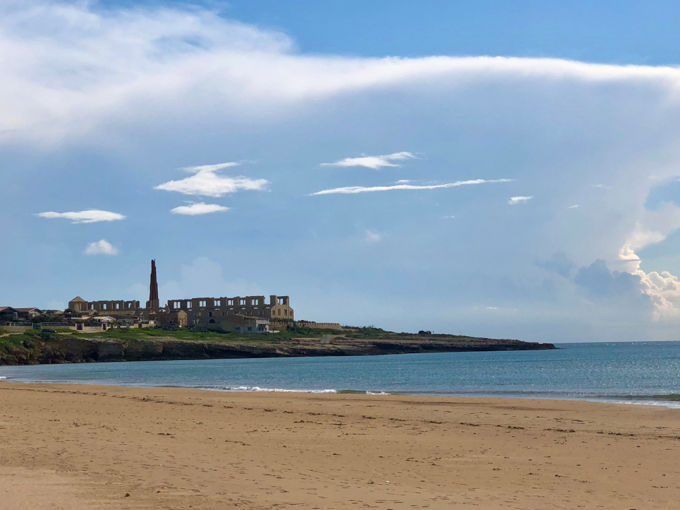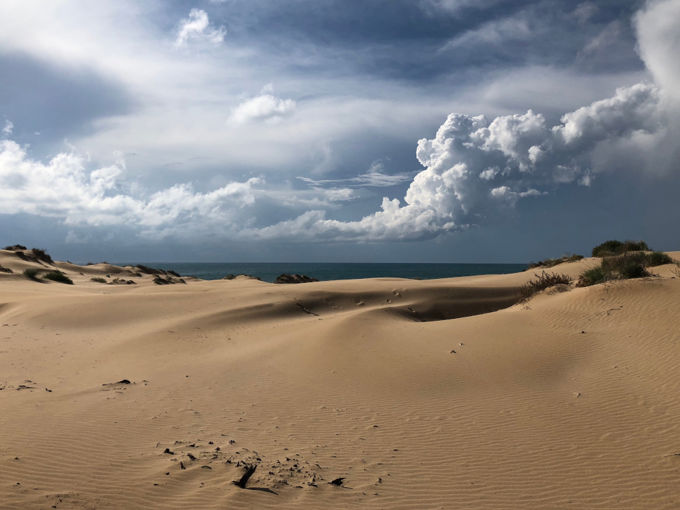Discover Pietra d'Acqua Hotel surroundings
Sampieri, Scicli the port
"You live in paradise," said Roberto Benigni referring to the fishermen of Sampieri, a sea village near Scicli, in the province of Ragusa. It’s really so and it’s really worth to visit the place!
Sampieri, a paradise place
From the 6th century BC, Sampieri was known as "Ampolline", a name derived from the Temple of Apollo, which is nearby current Punta Pizziddu. In the thirteenth century Arab geographers mentioned the place as "Marsa Siklah", or Scicli Port. The current name of Sampieri recalls, according to some traditions to Saint Peter the Apostle who landed there in 40 A.D. while he was on his way to Rome. Saint Paul, from Malta, alsovisited Sampieri while his third apostolic journey.
The sea, the town and the walks
Sampieri, as well as Donnalucata, is the part of Scicli about major tourist vocation. It is a famous seaside resort, ancient and charming fishing village, with a small but romantic old town full of stone houses and cobbled streets, the so-called "vanidduzzi". It is located along a path of limestone, in the middle of two beautiful beaches of fine golden sand: the largest extends for about 1800 m east of the town, while the smallest measures about 400 m, and is located to the west. For fans of snorkeling it is recommended the rocky area west of the village, a rugged coastline of about 3 km that goes to Punta Corvo. A cycle path connects Sampieri to the nearby Marina di Modica, for a walk with changing and unforgettable landscapes. Another really recommended walk is the one that goes from the center to Punta Pisciotto and the ancient Fornace Penna. Along the way you can admire a long stretch of Mediterranean dune, that is now very rare occasion; up to the Fornace, that is dominating at the coast of Sampieri.
Fornace Penna: the "Mannera" of Inspector Montalbano
It had been destroyed in 1924 due to fire and it was reconstructed in 1909 by the engineer Ignazio Emmolo. There had been manufactured bricks that were exported throughout the Mediterranean area. Today it is a fascinating symbol of industrial archeology, and has also been chosen as the location of many scenes of Inspector Montalbano and known as the famous trap "Mannera".





